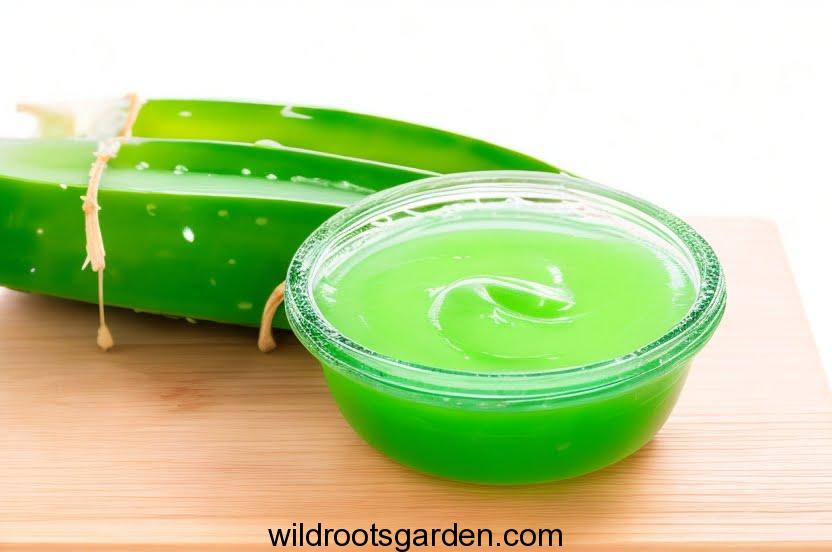Aloe Vera vs. Neosporin.While both aloe vera and Neosporin have advantages for burns, there is no clear agreement on which is preferable. Aloe vera, on the other hand, maybe more efficient than Neosporin at reducing pain and inflammation, according to some research. Aloe vera is a naturally occurring substance, making it generally safer than Neosporin.
The easiest approach to decide between aloe vera and Neosporin is ultimately to take into account your unique demands and preferences. Aloe vera can be an excellent choice for you if you’re seeking a natural product with anti-inflammatory and wound-healing qualities. Neosporin can be a preferable option if you are worried about infection.
JUMP TO TOPIC
A Brief Overview of Aloe Vera and Neosporin
Aloe Vera: Aloe vera is a succulent plant known for its soothing and healing properties. Its gel-like substance, found within the leaves, has been used for centuries to treat various skin conditions, including burns.
Neosporin: Neosporin is an over-the-counter topical ointment that contains three key antibiotics: neomycin, polymyxin B, and bacitracin. It is commonly used to prevent infection in minor cuts, scrapes, and burns.
The Battle of the Burn Healers
Aloe Vera: Nature’s Healing Elixir
Aloe vera is a natural remedy that offers various benefits for burns. Let’s explore its advantages in detail:

- Soothing and Cooling Effect: The gel from aloe vera leaves provides immediate relief by cooling the burned area and reducing inflammation.
- Promotes Skin Regeneration: Aloe vera contains bioactive compounds that stimulate cell growth and skin repair, accelerating the healing process.
- Antimicrobial Properties: Aloe vera has natural antimicrobial properties that help reduce the risk of infection in burn wounds.
- Non-Toxic and Safe: Aloe vera is gentle on the skin and suitable for most individuals, even those with sensitive skin.

- Easily Accessible: Aloe vera plants are widely available, and the gel can be directly extracted from the leaves for immediate use.
- Reduces Scarring: Regular application of aloe vera gel may reduce scarring and improve the appearance of healed burn wounds.
Neosporin: The Antibiotic Shield
On the other side of the battlefield, we have Neosporin. Let’s examine why it’s a popular choice for burn treatment:

- Powerful Antibacterial Action: The combination of neomycin, polymyxin B, and bacitracin in Neosporin works effectively against various bacteria, preventing infection.
- Convenient Application: Neosporin comes in an easy-to-use ointment form, making it convenient for quick application to minor burns.
- Wound Protection: By creating a barrier over the wound, Neosporin shields the affected area from external contaminants.
- Widely Available: Neosporin can be purchased without a prescription, making it accessible for immediate use.
- Long Shelf Life: The ointment has a relatively long shelf life, making it a useful addition to your first-aid kit.
- Minimal Scarring: Neosporin’s antibiotic properties may contribute to reduced scarring when applied to burn wounds.
The Perfect Match for Your Burn: When to Use Aloe Vera vs. Neosporin
Knowing when to use aloe vera or Neosporin can make a significant difference in burn healing. Let’s explore different burn scenarios and the appropriate remedy for each:
- Minor First-Degree Burns: For small, superficial burns with minimal blistering, aloe vera gel can provide instant relief and aid in healing.
- Second-Degree Burns: For deeper burns with blisters, using aloe vera initially can help soothe the skin. However, if the burn is open or prone to infection, transitioning to Neosporin might be advisable.
- Sunburns: Aloe vera is an excellent choice for sunburns, as it not only cools the skin but also moisturizes and promotes healing.
- Chemical Burns: In the case of mild chemical burns, rinsing the area with water and applying aloe vera can be helpful. For more severe chemical burns, seeking medical attention is essential.
- Burns with Risk of Infection: If you suspect that the burn might get infected, using Neosporin from the start can be a wise precaution.
- Burns in Children: Aloe vera is generally safe for children, but it’s essential to check for any allergies. Neosporin can be used for added protection.
FAQs
Q: Can I use aloe vera and Neosporin together on a burn?
Q: Can aloe vera or Neosporin heal third-degree burns?
Q: Is it safe to apply aloe vera directly from the plant on a burn?
Q: Should I use aloe vera or Neosporin for a kitchen burn?
Q: Can I be allergic to aloe vera or Neosporin?
Q: Can I use Neosporin on my face for burns?
Neosporin and aloe vera are also successful remedies for mild burns. They differ in terms of their qualities and advantages, nevertheless. The most effective way to decide amongst them is to take your unique demands and tastes into account. It is better to visit a doctor if you are unsure which one to use or if you have a more severe burn.
Aloe vera or Neosporin should be chosen based on the type and extent of the burn. Aloe vera is frequently adequate for treating mild burns, however, Neosporin may be preferable for treating more serious or infected burns.
Always seek medical attention if you have a serious burn or are unsure about the best course of action. Also, each person’s response to a treatment may differ, so stop using it if any negative effects appear.
Armed with the knowledge from this article, the next time you get a burn, you may confidently choose the finest treatment to hasten the healing process.

